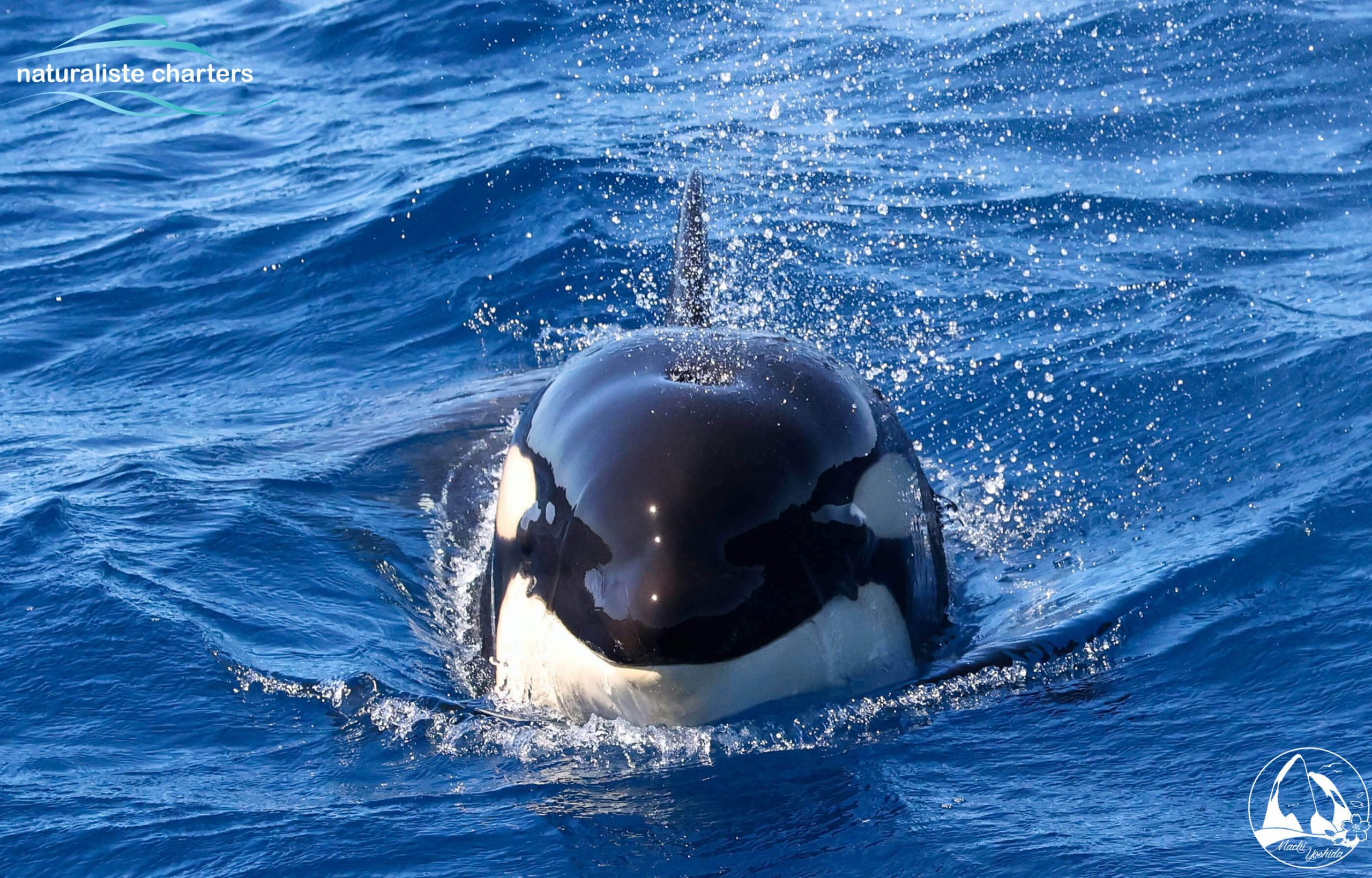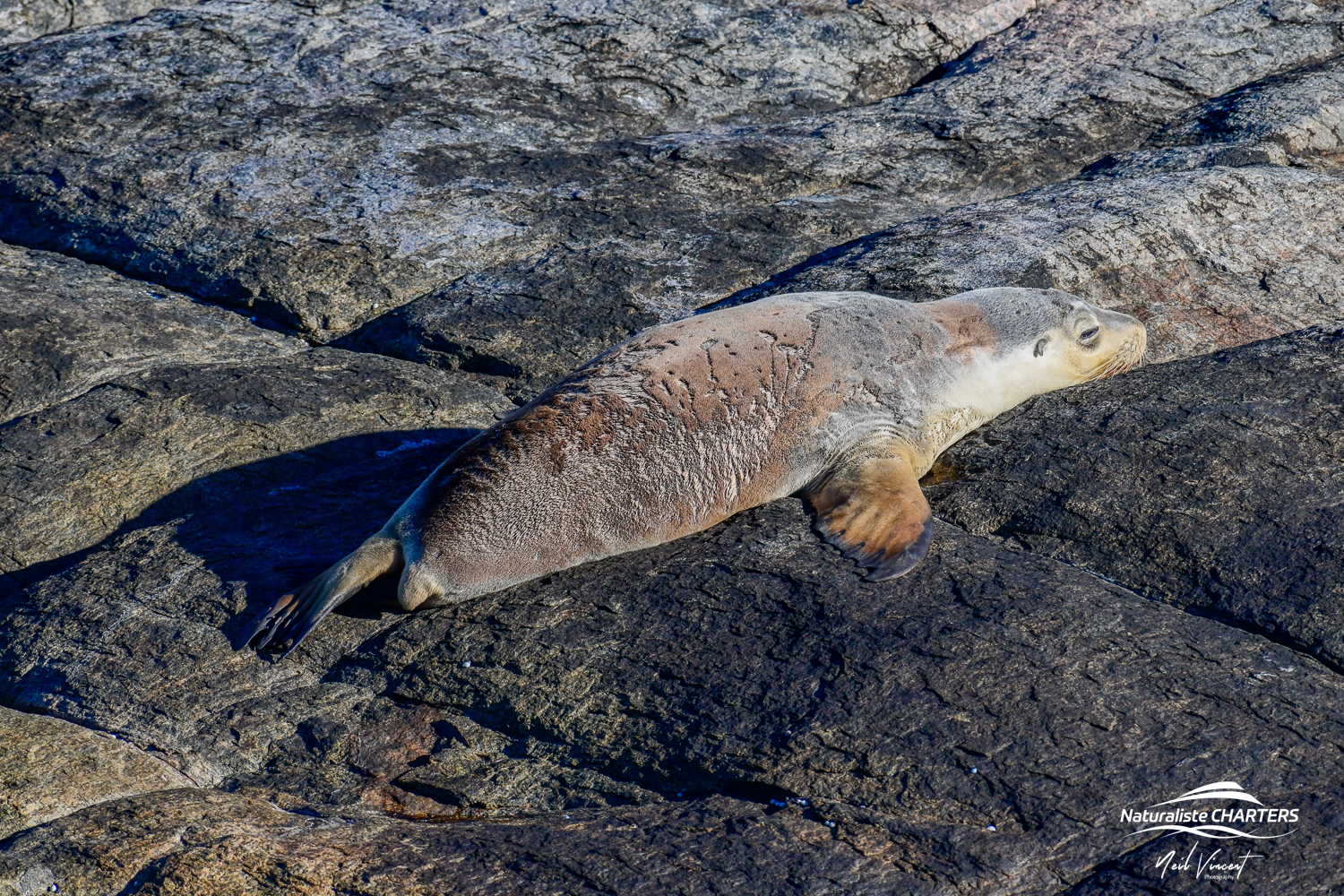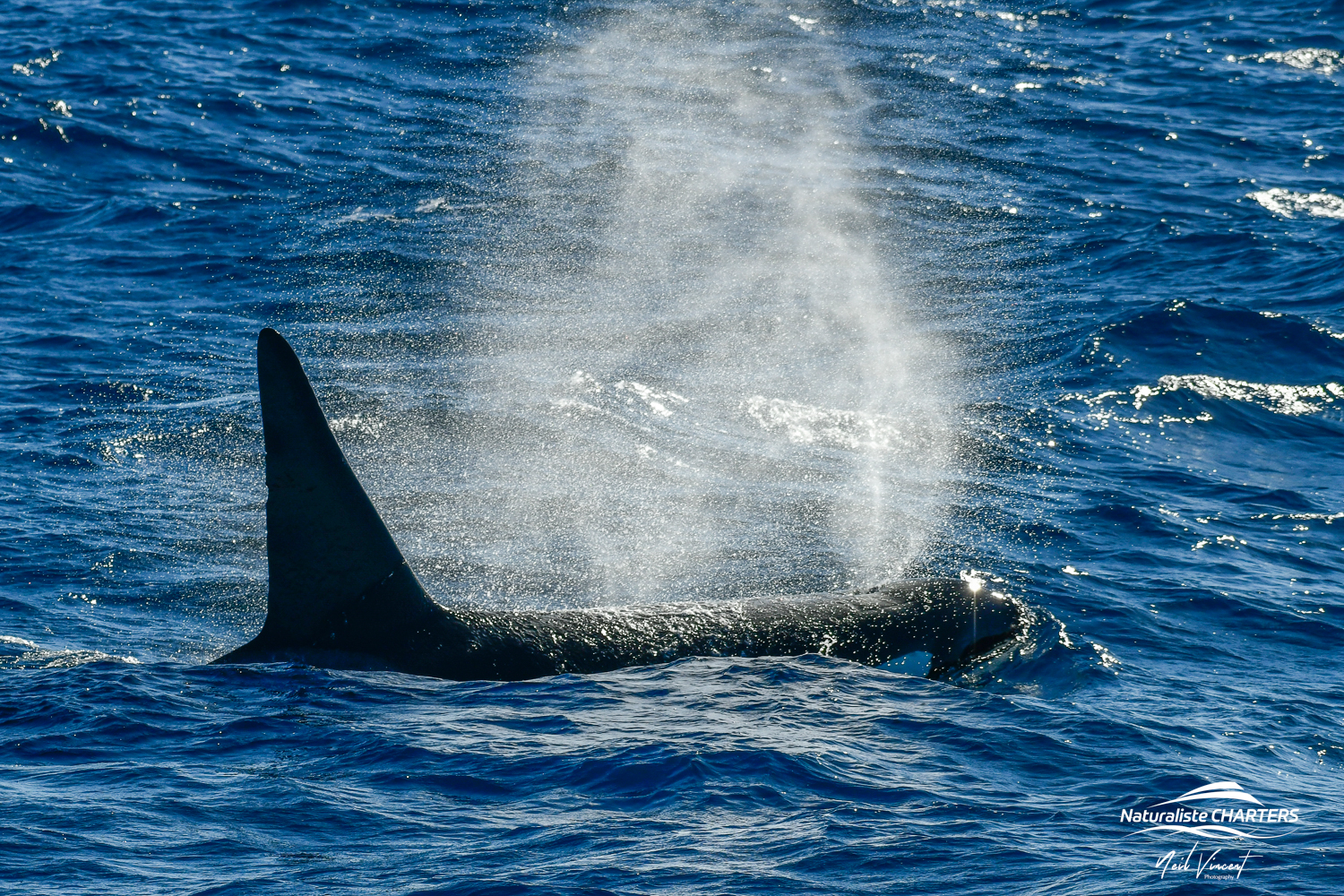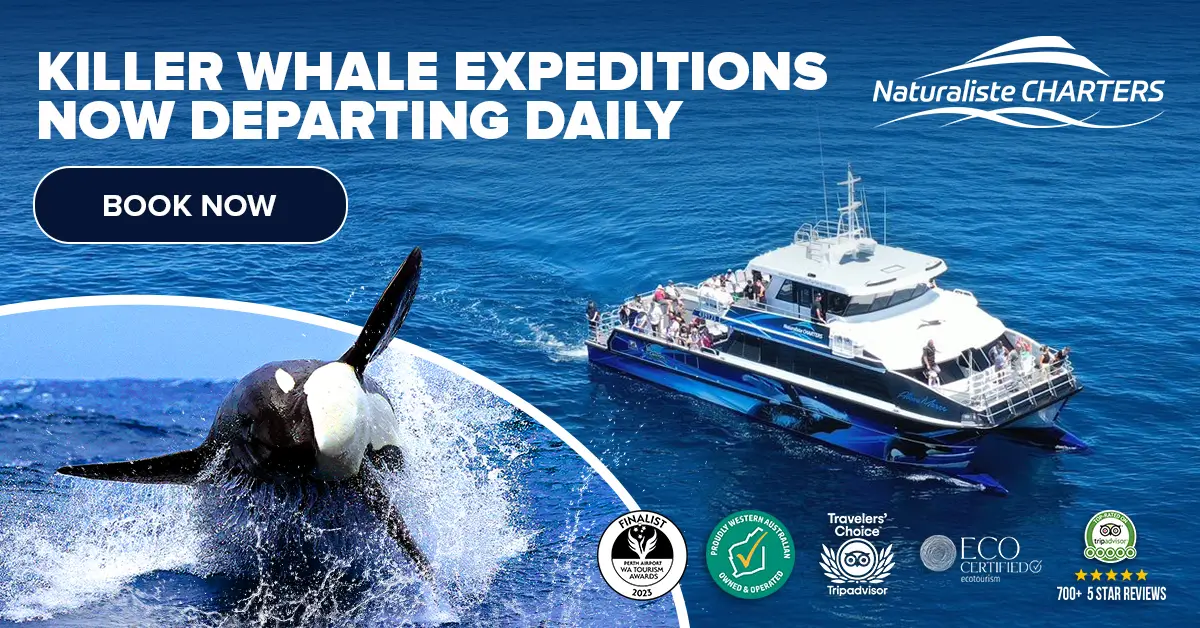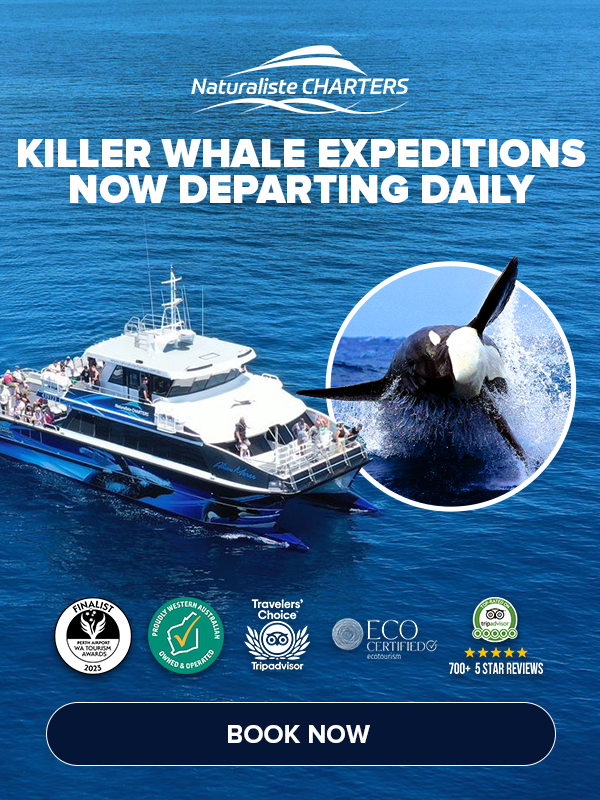Whales have inhabited the seas for approximately 34 million years, however they originated from four-legged terrestrial mammals, which foraged in streams. The descendants of this creature known as Pakicetus, became increasingly adapted to a water environment, ultimately resulting in the whale anatomy which we observe today; such as stiff flippers instead of limbs, two rubbery flukes for propulsion, nostrils located at the top of the head and a large body fully supported by the buoyancy of the ocean. Now, whales are perfectly adapted to their aquatic environment allowing them to traverse thousands of kilometres annually and to successfully occur in every ocean of the world.
Living in an aquatic environment
Whale anatomy shares homologous structures with other mammals, despite their bone structure being highly modified for their oceanic lifestyle. The fore limbs of a whale have been converted to pectoral flippers and contain similar bones to human arms and hands, with an immobile elbow joint, which allows whales to steer. The hind limbs are extremely reduced and generally the bones are only vestigial, or they are not present at all. Instead, whales possess tail flukes which contain no bones but dense fibrous tissue, to allow them to propel themselves with power through the ocean. The difference between flippers and fins is primarily function, as the dorsal fin aids in stability. Another homologous structure includes the inner ear bone, which is nearly identical to the composition of a terrestrial mammals however the pieces are fused together, to improve hearing underwater.
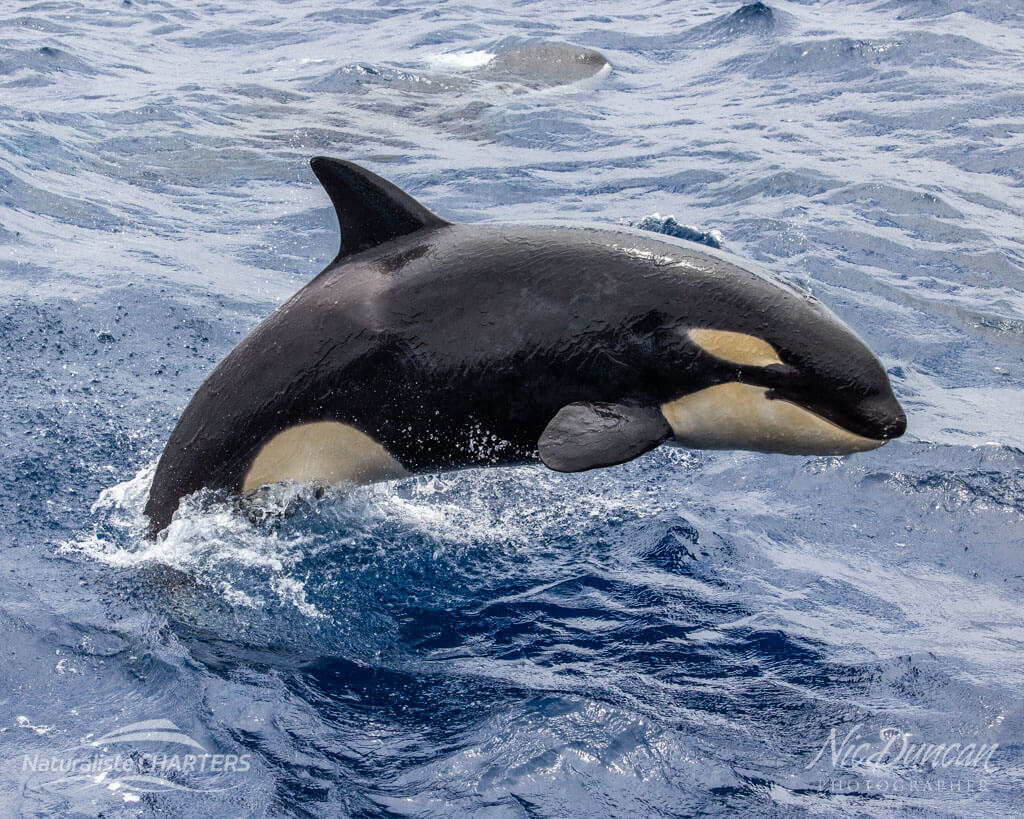
The benefits of being big!
Whales’ anatomy allows them to inhabit some of the coldest environments on Earth including both the north and south polar regions. This is essentially due to most whales’ large volume to low surface area ratio as well as the blanket of blubber that encases their core organs, retaining the metabolic heat that is generated inside them. Blubber is much thicker than the usual fat found in other mammals and is less dense than seawater, increasing whales’ buoyancy and providing rich nutrient stores for the winter migrations that many whales partake in annually. Despite their large body size their shape is streamlined to make sure there is minimal drag, ensuring efficiency of movement through the water.
Whales are known to be intelligent creatures, which can be attributed to their large brain size to body ratio which is the only known ratio larger than humans. Sperm whales have the largest brain size on the planet, weighing up to 9 kg! This part of the whale anatomy results in whales being self-aware, having problem solving abilities and extremely complex social dynamics and behaviours. Whales also have extremely large, four chambered hearts which allows effective blood exchange to vital organs. The heart of a Blue whale weighs the same size as a piano with arteries that a human could crawl through!
Adaptations for diving: why do whales not get the Bends?
Due to the challenge of having to come to the surface to breathe, whales have a gigantic lung capacity, and they can absorb up to 80% of the oxygen inhaled in one breath, in contrast to humans who can only absorb between 15-20%. A Blue whale can hold nearly 6000 litres of air in their lungs! When whales dive, their heart rate slows down and due to higher concentration of the myoglobin molecule in their blood, oxygen is more efficiently captured in their muscles. These features of whale anatomy contribute to allow whales to dive for significant durations.
The Cuvier’s beaked whale has the longest breath-hold of any whale, with a record-breaking time of 3 hours and 42 minutes, 2992 metres deep! Other whale species including the Sperm whale, Bottle-nose whale and Killer whale have other adaptations to allow them to successfully survive the dramatic increase in pressure whilst diving to such great depths. These include having reduced sinuses and air cavities and the ability to cut off blood flow to their extremities, ensuring the heart and brain have a constant supply of oxygenated blood. Before a deep dive, whales exhale most of the air in their lungs, and unlike a scuba diver, they do not breathe air under pressure but receive oxygen from the myoglobin stores in their muscles. As a result, their lungs can collapse with the increasing pressure, forcing air away from the alveoli, reducing gas exchange with the blood and the build-up of Nitrogen gas, which causes the Bends.
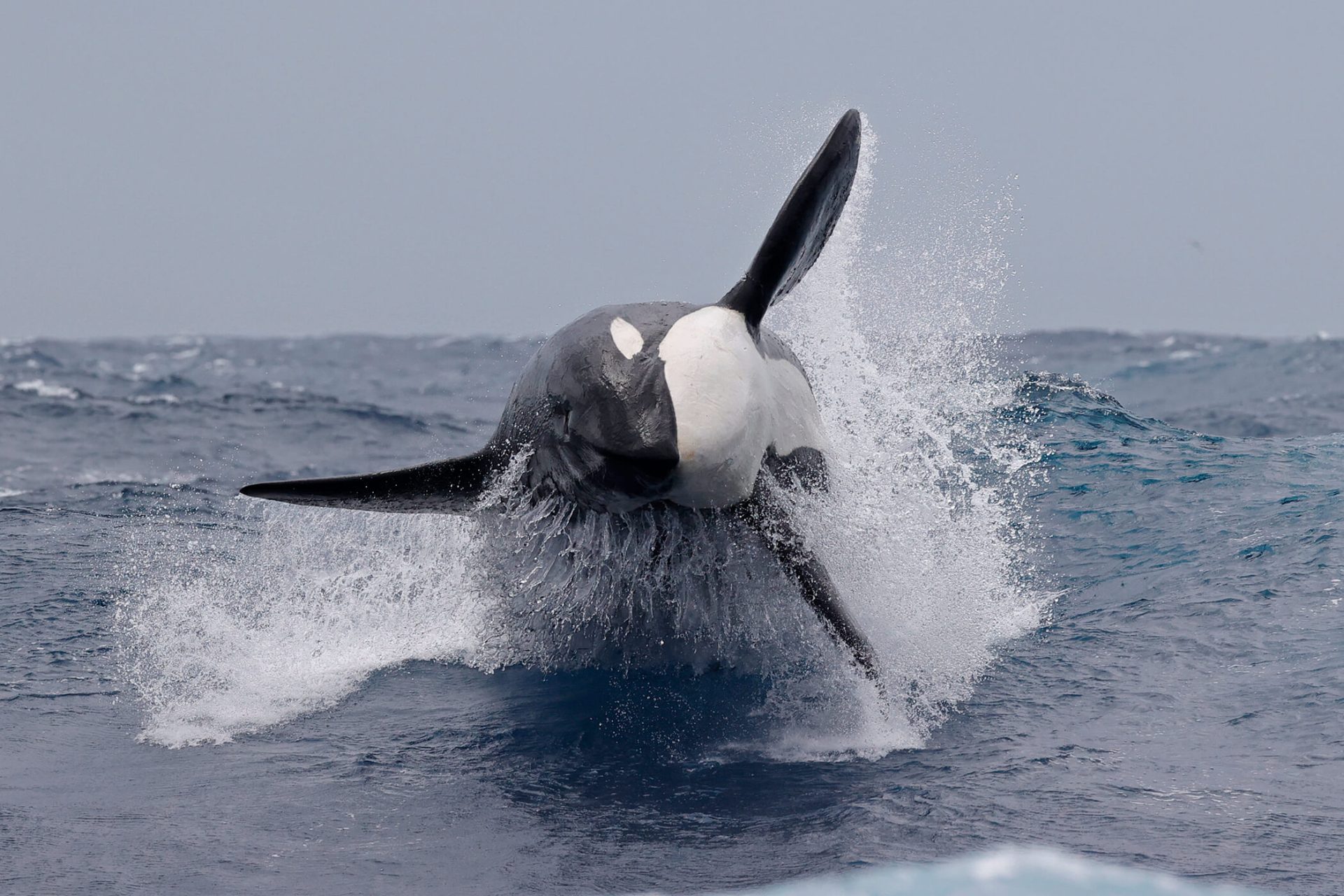
Giant entrances: can a whale swallow a human?
Whales belonging to the sub-order Mysticete possess baleen plates and have two blow holes in contrast to members of the sub-order Odontocete which have teeth and just one blow hole. Baleen plates are made from keratin, the same protein that human hair is derived from and are used to filter food from seawater. They act as bristly sieves and collect small organisms such as krill and then eject the remaining seawater with their tongue. Baleen whales such as Humpbacks have a throat roughly the size of a human fist, so although a human could fit inside the large mouths of these animals, it is scientifically impossible for them to swallow something so large!
Whales possess blow holes which are essentially their nostrils. Unlike terrestrial animals’ whales cannot breathe through their mouths, as they are not connected to their lungs. This is to reduce the potential of drowning when water is sharply taken in whilst feeding. The blow holes are located on the top of their head, pointing backwards. This ensures efficient gas exchange when they break the surface of the water and prevents water from streaming in whilst they swim. Dissimilar to humans who breathe automatically, whales have active control of their breathing and can close their nasal plugs which block the passage of the blowhole when they are diving.
Join Naturaliste Charters on one of our many tours
Western Australia is one of the best locations in the world to see the impressive outcomes of whale anatomy in person. Naturaliste Charters conduct Western Australian whale watching tours daily from January through to April on our Bremer Bay killer whales tour, where passengers can see Orcas in Australia predate on the whale with the longest breath-hold in the world, The Cuvier’s Beaked whale! Tours also depart daily from May to August in Augusta, and September to early December in Dunsborough, where Blue Whales, Humpback Whales and Southern Right Whales can be observed in their annual migrations from the cold nutrient-rich waters of Antarctica to the warm breeding grounds of the equator. Each expedition is led by an expert marine biologist and an experienced team providing passengers with an extremely high chance of observing these giants of the ocean.

